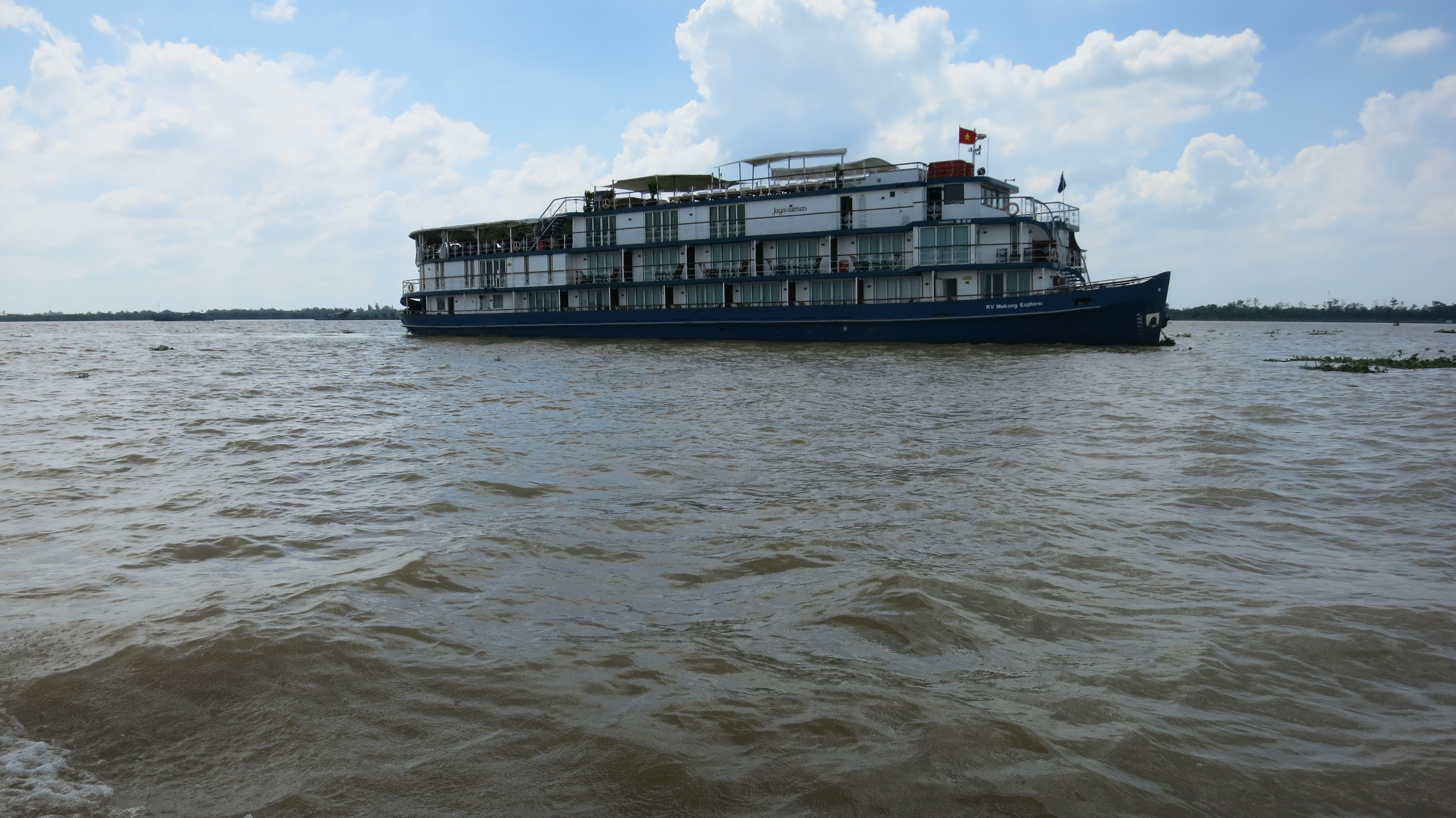
13 Nov TIO SE Asia: Jayavarman, Dispatch, Day 1
Tai, a former teacher, switched careers and has worked in the travel/cruise industry for over 10 years. On the hour-and-a-half bus ride from Saigon, ok, Ho Chi Minh City, to My Tho, where we would board our boat, he gave us the requisite chapter and verse about the Mekong Delta, a unique region where life on the water has remained virtually unchanged for centuries.
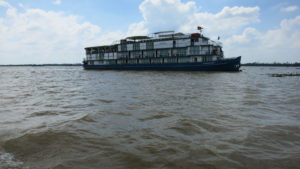 .
.
There, Tai explained, the living is easy, life gently rocking and rolling to an age-old rhythm that never quits despite a long history of conflict.
The Mekong River – Me” means “Mother” and “Kong” means “River– is the 12th longest river in the world. It lazes along along for 2,800 miles, enroute picking up silt from China, Myanmar, Thailand, Laos, and Cambodia, before splitting into myriad appendages. The rich alluvial soil in those distributaries and the rain helped make Vietnam’s southern plain the rice and fruit basket of the country. Every year, Vietnam exports about seven to eight million tons of rice. After Thailand, the country is the largest exporter of that commodity in the world. Eighty percent of that rice comes from the Mekong.
But it wasn’t always that way – or rather, the tradition was briefly interrupted.
For about 10 years after “Uncle Ho” reunified the country in 1975, “reunification” rhymed with “retribution,”especially, though not exclusively, for those like Tai’s father, who served in the military with the U.S. against the North. The man who rose to the rank of captain was given the “special” treatment afforded an officer and a gentleman: he was sent to a “re-education camp” for much longer than a rank-and-file soldier, for just under three years. There he became, according to Tai’s mother, a cowboy – that is to say the former lawyer wound up tending cows.
Tai, who is now 42, remembers a trip he took with his mom at age 10, traveling from the family home in the Mekong to Saigon to visit an aunt.
Mom wanted to give her sister a gift of rice. En route, that plan was foiled at one of the enforced stops, when policemen boarded the bus, had her open the sack, accused her of smuggling and relieved her of her parcel.
Ditto a man in a suit, whose second pair of shoes wound up with a new home.
Back in the dark and difficult years following the war, no one in the South owned anything free and clear, not even rice farmers. Not too surprising, yields went dramatically down until an enterprising mayor from Saigon petitioned the government to change its policy. That happened around 1988 and, poof!, just like magic, from having to import rice from Thailand, Vietnam once again became a net exporter.
And in general, Tai assured, foreigners became welcome, the government allowing investors to lease property for 50 years. And if their business is solid, then extend the terms. By the 1990s, Vietnam’s collective economy began to morph into the much more liberal economy it is today.
Off the bus on board the ship, we were graciously welcomed by the Jayavarman team led by cruise general manager Sentot Sutrisnadi.
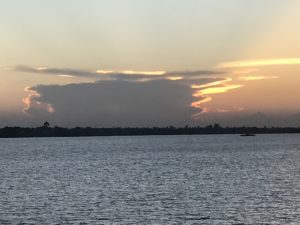
Our boat honors the legacy of the 30-year reign of Jayavarman VII , (1125 – 1218), the Khmer ruler who laid his country’s infrastructure, constructing hospitals, highways, and schools and establishing a peerless irrigation system that continuously fed the farms and fields. The god-king constructed his own “temple-mountain” at Bayon and developed the city of Angkor Thom, the site of the famed Angkor Wat temple complex.
The Jayavarman is the original vessel in the Heritage Line Collection and Indochina’s first river cruise liner, a boutique craft with 27 cabins, four decks, French Colonial and Khmer artifacts, overall a blend of East meets West that seems typical throughout Vietnam and Indochina in general.
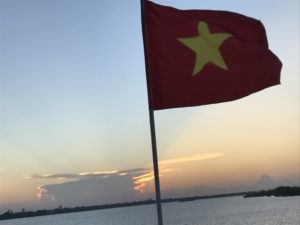
It is also our home for the next seven days, before our visit to Angkor Wat.
Following a brief orientation and safety briefing, the rest of the day was all about chillaxing. We watched the sunset from the top deck perched on cushy lounge chairs. A screening of “Good Morning Vietnam,” followed a buffet dinner.
However, for me, it was early to bed.
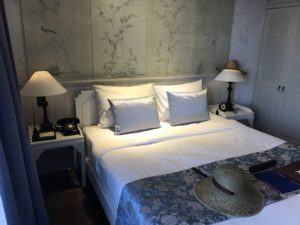
Tai Chi is scheduled for 6:30 a.m. every morning.


Sorry, the comment form is closed at this time.